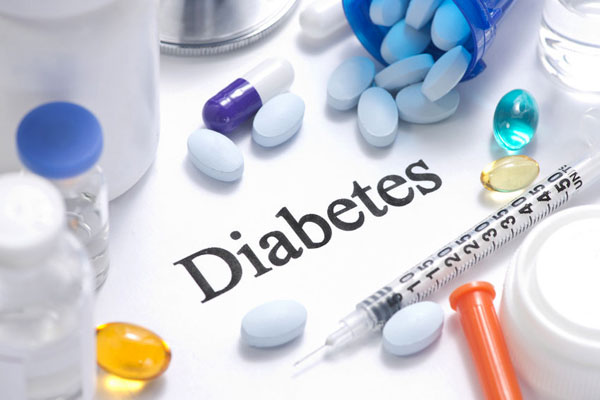Prior to the COVID-19 pandemic, the diagnosed prevalence of type 1 diabetes (T1D) was predicted to grow annually by 0.93 per cent in the US, and the diagnosed prevalence of type 2 diabetes (T2D) was expected to grow annually by 1.8 per cent, according to GlobalData. As diabetes case numbers are expected to be further fuelled by COVID-19, and as the pathophysiology of COVID-19 induced diabetes is further explored, there will be more patients in need of targeted therapeutics.
COVID-19 may affect insulin-producing cells in the pancreas, either by directly damaging them or as a side effect of inflammation caused by the immune system fighting the virus, leading to T1D. The SARS-CoV-2 virus may also thrive in an environment of elevated blood glucose, and could precipitate a relative insulin deficiency, or T2D.
Samisha Khangaonkar, Pharma Analyst at GlobalData, comments, “Drug developers will need to anticipate this increased need and any additional complications that COVID-19 plus diabetes, and COVID-19-induced diabetes, may cause. A Lancet Diabetes & Endocrinology study analysed 61 million medical records from the National Health Service in England to conclude that the risk of dying from COVID-19 was almost three times higher for people with T1D and almost twice as high for T2D than for those without diabetes.”
As the COVID-19 vaccine rollout began this year, diabetes advocacy groups noted that T1D and T2D patients were unequally prioritised for vaccine distribution in the US, despite research showing that people with T1D are at just as high a risk of dying from COVID-19 as those with T2D. Diabetic COVID-19 patients can be harder to treat due to fluctuations in blood glucose levels and the presence of diabetes complications. The rates of diabetic ketoacidosis (DKA) have increased during the pandemic. Infectious diseases in people with T1D often trigger DKA, and COVID‐19 may therefore lead to poorer outcomes in children and adolescents with T1D than in their peers without diabetes.
Khangaonkar continues, “Key opinion leaders (KOLs) interviewed by GlobalData noted that the rise of DKA during the COVID-19 pandemic has increased physician reluctance to prescribe sodium-glucose co-transporter-2 (SGLT-2) inhibitors to their T1D patients, despite their significant cardiovascular benefits, as physicians do not want to be responsible for the risk of DKA, given the additional risk factor of COVID-19. However, a unique lesson from the COVID-19 pandemic has been the rise of telemedicine and its correlation to patient engagement. Healthcare professionals are critical in developing patient-centered care, specifically by educating and supporting the necessary skills required for the successful management of both T1D and T2D. The accessibility of physicians to their patients, and vice versa, allows for greater monitoring and management, which in turn can help improve glycemic control.”
The COVID-19 pandemic has also had an impact on diabetes developer strategies, as accessibility and affordability saw increased prioritisation. Multiple pharmaceutical companies in the US market have widely advertised programs to help patients obtain insulin during the pandemic. Eli Lilly has offered patients a co-pay program that enables them to purchase insulin at reduced prices, broadening access for diabetes patients when many may not have access to healthcare due to the socio-economic impact of the COVID-19 pandemic. Novo Nordisk has broadened access to its free, 90-day insulin supply program for workers in the US economy who have lost access to their healthcare due to the COVID-19 pandemic. With the potential for supply chain disruptions due to the pandemic, both Eli Lilly and Novo Nordisk have assured patients and physicians who are reliant on their diabetes products that they do not expect to see any disruptions to their supply chains.
Khangaonkar adds, “The diabetes market has been a lucrative space for drug developers, as the disease is highly prevalent. The rising need for anti-diabetics and insulins, provides a greater opportunity for drug developers to advance novel and more accessible therapeutics to the diabetic population. However, there will be a need to ensure the affordability of diabetes therapeutics.”

